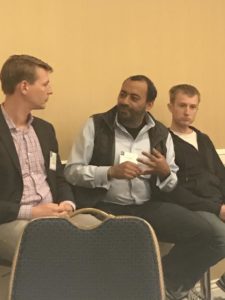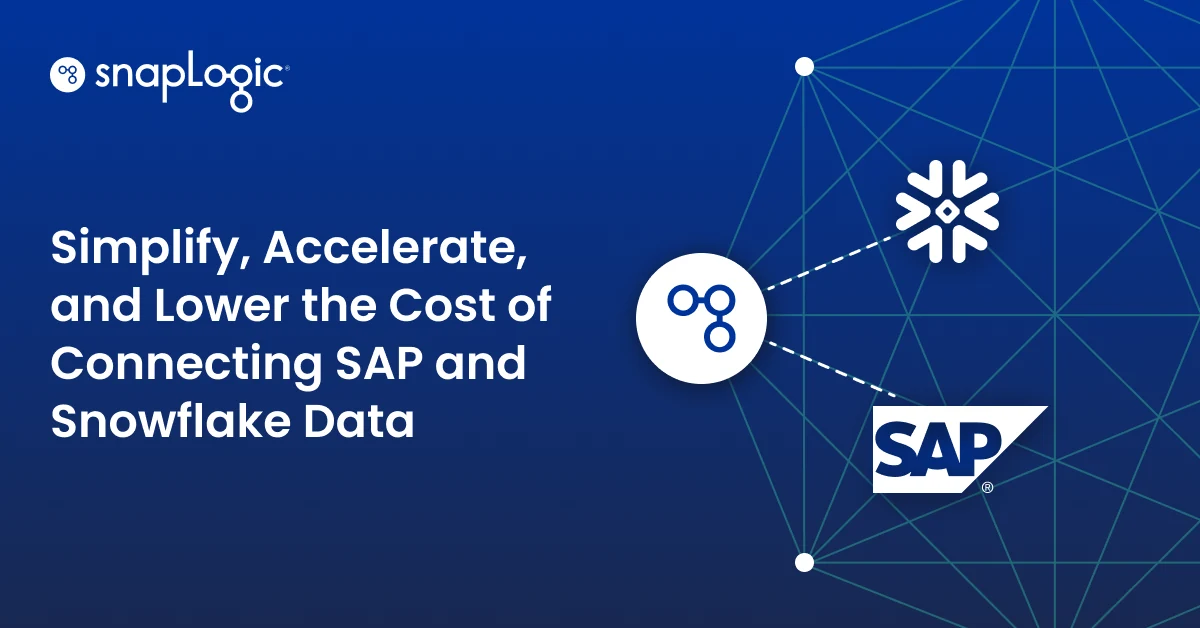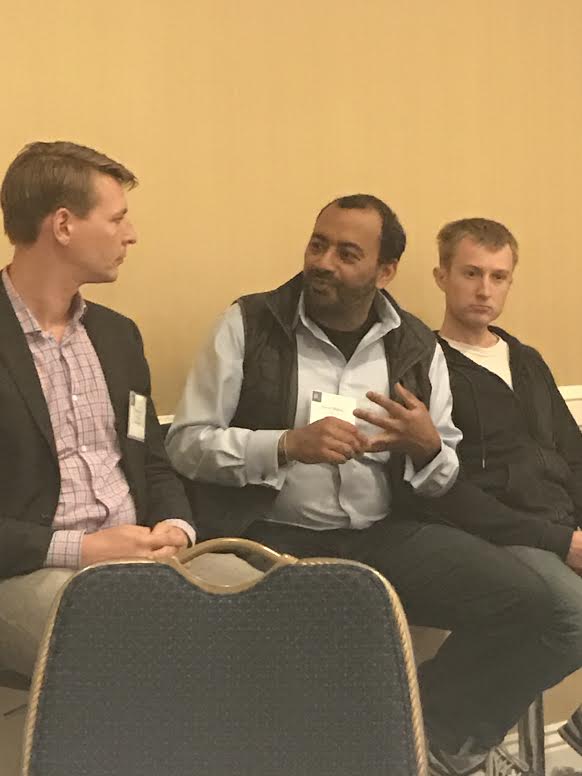 Each year, research-centric investment bank Rutberg & Company gathers top business leaders and technology experts for an intimate, two-day forum where they discuss and debate the technology, ideas, and trends driving global business. The annual Rutberg 2017 conference took place last week in Half Moon Bay, California, and data management was front and center.
Each year, research-centric investment bank Rutberg & Company gathers top business leaders and technology experts for an intimate, two-day forum where they discuss and debate the technology, ideas, and trends driving global business. The annual Rutberg 2017 conference took place last week in Half Moon Bay, California, and data management was front and center.
SnapLogic CEO Gaurav Dhillon joined Mesosphere CEO Florian Leibert and Segment CEO Peter Reinhardt for a spirited panel discussion on the growing data management opportunities and challenges facing enterprises today. The panel was moderated by Fortune reporter Jonathan Vanian.
A number of important data management and integration trends emerged, including:
- LOB’s influence grows: Gaurav noted that more and more, “innovation is coming from the LOB,” whether in Sales, Marketing, Finance, HR, or elsewhere in the organization. These LOB leaders are tech-savvy, are responsible for their own P&L’s, and they know speed and agility will determine tomorrow’s winners. So they’re constantly on the hunt for the latest tech solutions that will drive innovation, spur growth, and help them beat the competition.
- Data fragmentation on the rise: With individual LOBs procuring a flurry of new cloud applications and technologies, the result is often business silos and a disconnected enterprise. “The average enterprise has 10x more SaaS apps than a CIO thinks,” said Gaurav of the increasing SaaS sprawl, which is requiring CIOs to think differently about how they integrate and manage disparate apps and data sources across the enterprise.
- Self-service integration is here to stay: The bigger a company gets – with more apps, more end-points, more data-types, more fragmentation – there’s never going to be enough humans to manage the required integration in a timely manner, explained Gaurav. Enter new, modern, self-service integration platforms. “The holy grail of integration is self-service and ease-of-use … we have to bring integration out of the dungeon and into the light,” Gaurav continued. And this means getting integration into the hands of the LOB, and making it fast and easy. The days of command-and-control by IT are over: “Trying to put the genie back in the bottle is wrong; instead you need to give the LOBs a self-service capability to wire this up on their own,” noted Gaurav.
- AI will be a game-changer: Artificial intelligence (AI) and machine learning (ML) are already making apps, platforms, and people smarter. Like with Google auto-complete or shopping on Amazon, we’re already becoming accustomed to assistance from, and recommendations by, machines. “Software without AI will be like Microsoft Word or email without spell-check,” it will be jarring not to have it, said Gaurav. AI is already being applied to complex tasks like app and data integration; it’s not a future state, he said, the start of “self-driving integration is happening today.”
- The enterprise is a retrofit job: For all the latest advances – new cloud apps, AI and ML technologies, self-service integration platforms – the enterprise remains a “retrofit job,” where the new must work with the old. Large, global enterprises aren’t about to throw out decades of technology investment all at once, particularly if it is working just fine or well-suited to handle certain business processes. So, new cloud technologies will need to work with older on-premise solutions, once again cementing integration platforms as a critical piece of an enterprise technology strategy. “It will be a hybrid world for a long, long time,” concluded Gaurav.
Without question, data has become any organization’s most valuable asset, and those that are able to integrate, manage, and analyze data effectively will be the winners of tomorrow.











